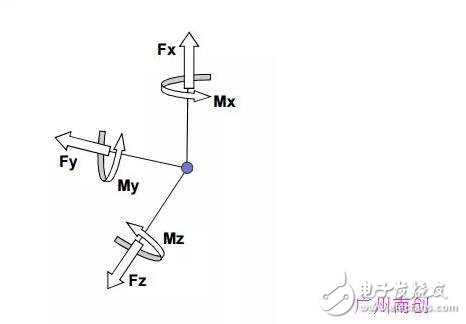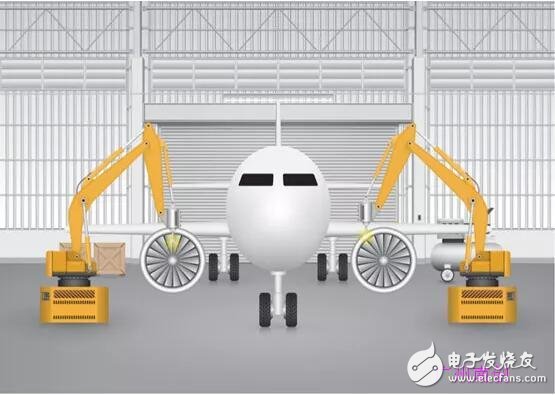3D measurement: What can a multi-component sensor do?
If you need to measure the force or torque of multiple vector axes of a robot, we recommend using a “multi-component sensorâ€: multi-component sensors save a lot of space and installation work compared to installing multiple sensors. Considering "crosstalk" is especially important when choosing the right multi-component sensor.
Multi-axis sensors (also known as multi-component sensors) measure forces/torques in multiple spatial directions that measure not only the forces in the x, y, and z directions, but also the torque in these three directions. If the torque is measured with force, the multi-axis sensor can measure up to six components (3xF, 3xM).
Multiple applicationsIn this way, a multi-component sensor can measure physical quantities in three directions. This feature makes it ideal for applications involving x, y, and z vector loads. Typical applications include robotic extreme load monitoring, machine monitoring (such as in aircraft assembly and tunnel boring machines), and various test benches (such as tire testing or balancing equipment), structural testing of offshore applications, and more.

In measurement tasks involving multiple loads, crosstalk is common. If the load is applied in only one direction, in principle, based on the Poisson effect, there is also a small output signal on the other axes due to the lateral sensitivity of the sensor. In this case, related techniques can be employed to minimize these lateral strain effects (crosstalk). For example, HBM's PMX or QuantumX data acquisition systems can perform compensation calculations using Matrix Compensation. This technique can reduce crosstalk by a factor of three to five. The separate compensation matrix for multi-axis sensors is a necessary technique for minimizing crosstalk today, so it is important to carefully examine how sensor manufacturers handle crosstalk problems.


Elf Bar,Elf Bar 1500,Elf Bar Bc5000,Elf Bar Bc
Shenzhen Kate Technology Co., Ltd. , https://www.katevape.com